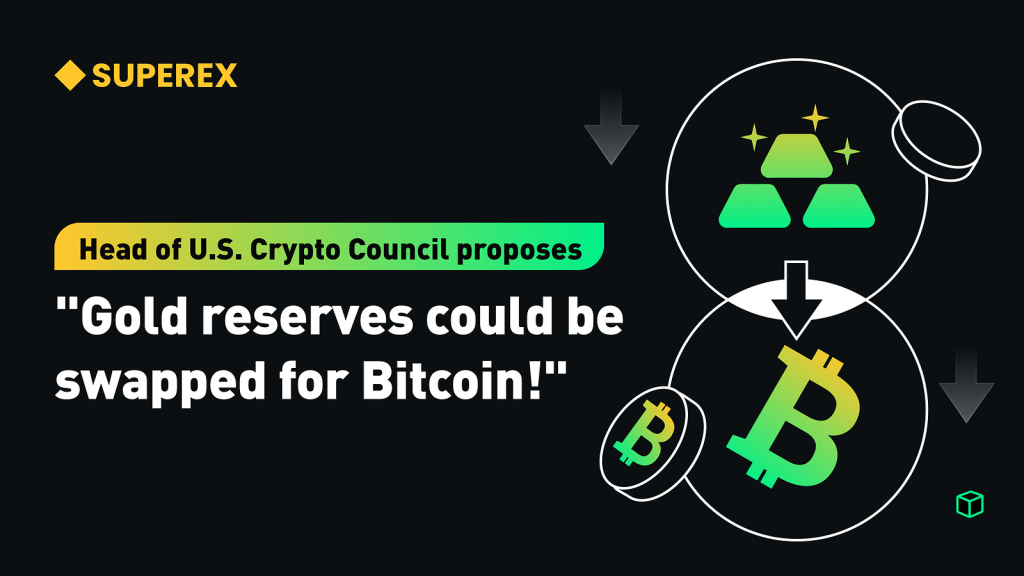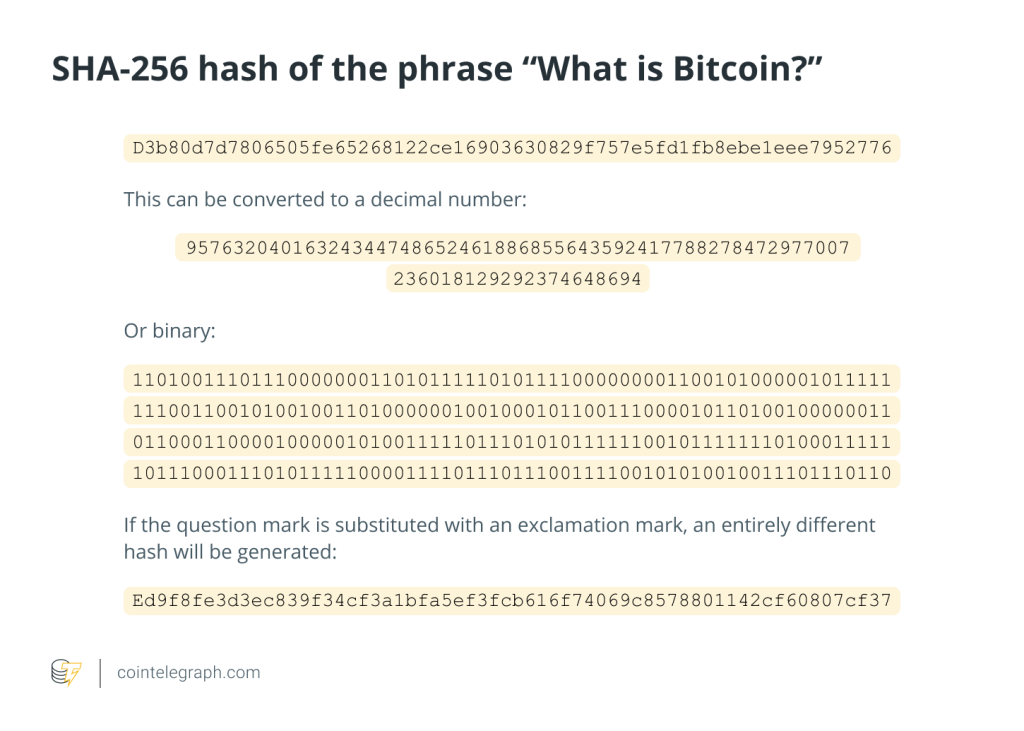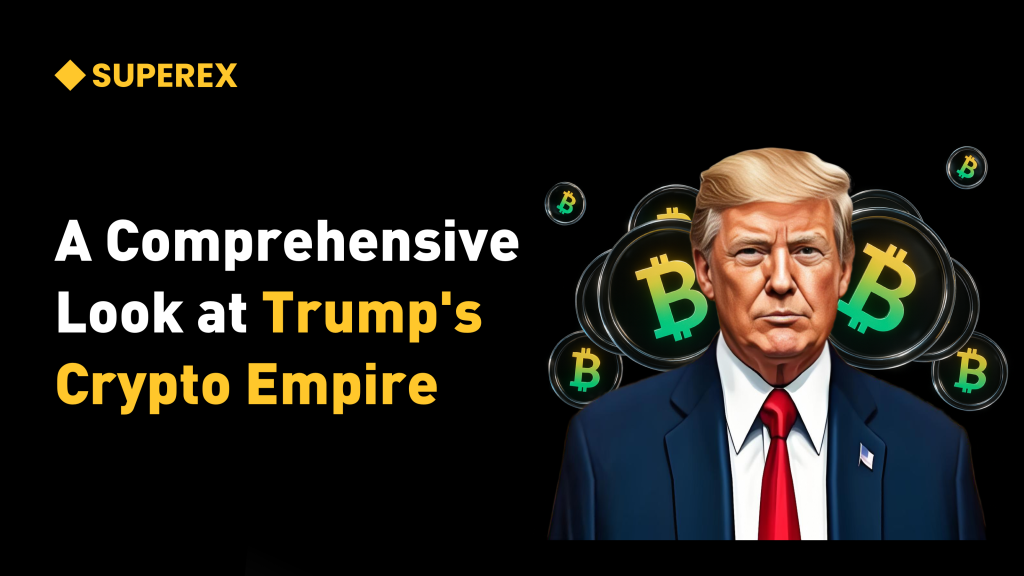U. S. Crypto Council Chief Suggests Swapping Gold Reserves for Bitcoin - A Jaw-Dropping Proposal

#US #Bitcoin #Trump
On March 24, Bo Haynes, the Executive Director of the Digital Asset Advisory Committee appointed by Trump, stated in an interview that purchasing Bitcoin could potentially be funded by selling the Fed’s gold certificates.
The United States holds the world’s largest gold reserves (approximately 8,133 tons), stored in locations such as the Federal Reserve and military bases, primarily to support the credit of the U.S. dollar and respond to economic crises. It can be said that gold reserves are the economic lifeline of the dollar system. The idea of exchanging gold reserves for Bitcoin is truly mind-boggling news.
But is it really true? The news itself is, of course, genuine — it has been widely circulated in mainstream American media, including Forbes, CNN, and Telegraph. However, the underlying logic behind this news is clearly not that simple.
The background of this news is that Bo Haynes, during the interview, referred to the ongoing 2025 “Bitcoin Act”. When asked by the reporter about the source of funds for purchasing BTC, he mentioned a potential option: profits from gold reserves or selling the Fed’s gold certificates.
The “Bitcoin Act” was introduced separately in the U.S. House of Representatives and Senate on March 11, 2025, aiming to establish a “Strategic Bitcoin Reserve”. The plan is to have the U.S. Treasury purchase 1 million BTC (approximately 5% of Bitcoin’s total supply of 21 million) over a period of five years, with a commitment to hold them for at least 20 years.
For such an ambitious goal, Trump’s initial proposal to fund the purchase through crypto fines is far from sufficient.
- Click to register SuperEx
- Click to download the SuperEx APP
- Click to enter SuperEx CMC
- Click to enter SuperEx DAO Academy — Space

The Impact of U.S. Gold Reserves on Global Finance
The news about U.S. gold reserves inevitably brings to mind the recent high-profile statements by Elon Musk and Donald Trump, both of whom publicly declared their intentions to investigate the true inventory of U.S. gold reserves. This raised suspicions that there might be discrepancies in the actual gold holdings. At that time, these statements even triggered a massive repatriation of European gold back to the U.S., setting a historic record.
This leads us to ponder a critical question: If the U.S. gold reserves indeed have issues, could converting the Fed’s gold certificates into Bitcoin be a way to fill the gap in physical gold reserves? After all, investors who purchase gold certificates from the Fed cannot physically withdraw the gold from the vaults. Although this is merely a market analysis and cannot serve as any judgment basis, such speculation is founded on two reasonable assumptions:
- Bo Haynes, as the Executive Director of the Digital Asset Advisory Committee, speaks on formal occasions and to some extent represents the will of the U.S. executive team.
- Gold reserves are excessively important to the U.S. dollar system, serving as the cornerstone of its stability.
So far, the U.S. government has not made any official decision regarding the proposal to exchange gold reserves for Bitcoin. However, it is undeniable that if gold reserve certificates or profits are indeed used to purchase Bitcoin, it would have an irreversible impact on global finance.
Gold has long been a symbol of stability in the U.S. financial system, while Bitcoin, as a decentralized, non-sovereign digital asset, exhibits far greater price volatility than gold. If the U.S. government formally implements this plan, it would signal a major transformation at the foundational level of the monetary system.
Such a move would not only trigger turmoil in the international financial markets but also force central banks worldwide to rethink their diversified reserve asset allocations.
So, Is the Logic Behind This Crazy Idea Feasible?
The core of this idea lies in the financial engineering of the Federal Reserve’s gold reserves. The 8,133 tons of gold held by the U.S. Treasury (valued at approximately $1.4 trillion) would be revalued and asset-swapped by issuing “Gold Price Index Certificates”. The Fed would pay the Treasury the difference between the market price and the book value of gold, and these funds would be specifically allocated for purchasing Bitcoin.
This design achieves three major objectives:
- Budget Neutrality: No need for new taxes or fiscal deficits, as it directly leverages the existing asset price gap to generate purchasing power.
- Risk Hedging: The revaluation gains from gold and the potential appreciation of Bitcoin form a double leverage effect.
- Power Restructuring: Incorporating digital currency reserves into the Fed’s balance sheet, effectively binding crypto assets with the traditional monetary issuance mechanism.
Essentially a Digital Transformation of the Dollar System
This operation fundamentally represents a digital transformation of the U.S. dollar system. When the issuance of gold certificates is no longer limited by physical gold reserves but instead linked to market price fluctuations, the last line of defense of the traditional gold standard is effectively breached.
According to Greg Cipolaro, Head of Research at the New York Digital Investment Group (NYDIG), although on-chaining gold reserves does not directly involve Bitcoin, the liquidity release from asset revaluation could trigger a chain reaction, encouraging more sovereign capital to flow into the crypto market.







Responses